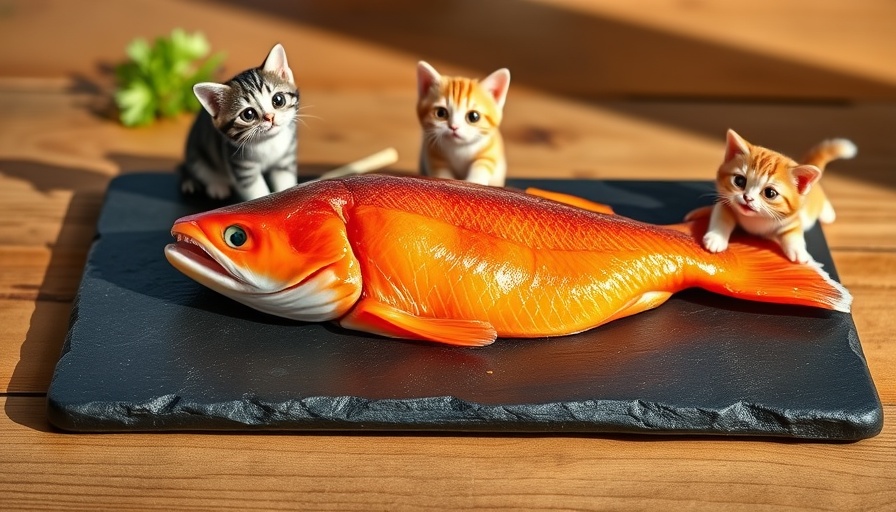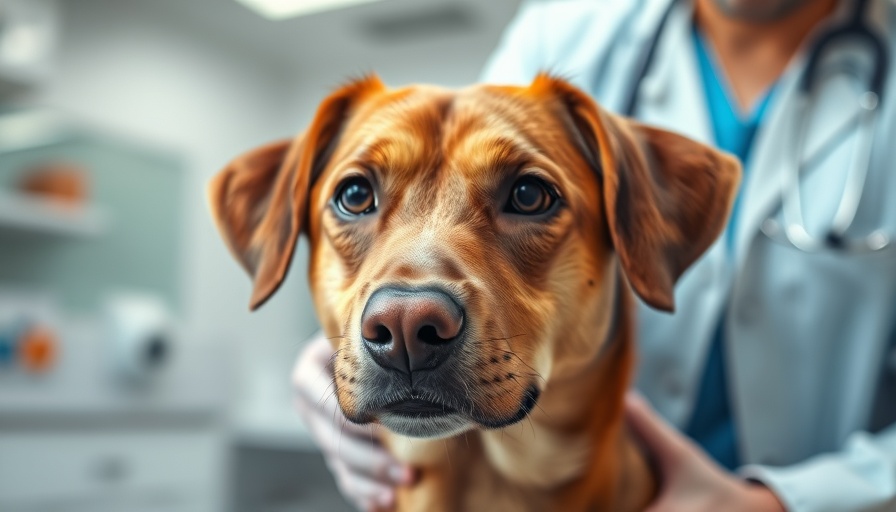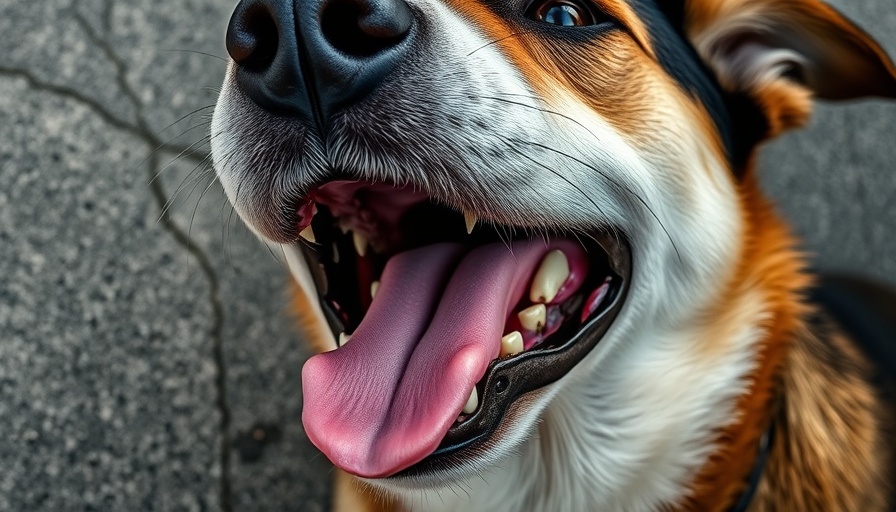
Paws Up for Salmon: A Nutritional Powerhouse for Pets
When it comes to treating our beloved pets, not all snacks are created equal. The rich, delectable flavor of fish, particularly salmon, resonates well with both cats and dogs, making it a favorable addition to their diets. Not only does wild-caught salmon appeal to their taste buds, but it also packs a mighty punch in terms of nutrition.
Wild-Caught Salmon: A Natural Choice for Your Pets
Choosing wild-caught salmon is essential for pet owners who want to provide the best for their furry friends. Unlike farmed varieties, wild-caught salmon is free from harmful additives and excess fats that can affect your pet’s health. Packed with omega-3 fatty acids, this luscious fish supports skin and coat health, reduces inflammation, and promotes overall well-being.
Why Omega-3 Fatty Acids Matter
The omega-3 fatty acids, specifically DHA (docosahexaenoic acid) and EPA (eicosapentaenoic acid), found in salmon are vital for your pets. These fats cannot be efficiently synthesized from plant sources like flaxseed or chia seeds. Thus, incorporating salmon into their diets provides a direct source of these essential nutrients. Omega-3s are crucial for preventing issues such as skin allergies, cognitive dysfunction, and joint health problems in pets.
Benefits of Astaxanthin: The Antioxidant Extraordinaire
In addition to omega-3s, salmon is rich in astaxanthin, a powerful antioxidant responsible for giving it that vibrant pink hue. Astaxanthin not only supports eye health but also boasts anti-inflammatory properties that can mitigate age-related ailments in animals. Research suggests it may enhance energy production in older dogs, making it a smart addition to their diets, especially for senior pets.
How to Prepare Salmon for Pets
Cooking salmon for your pets requires a bit of care to preserve its benefits. Gently poaching the fish is recommended as this method retains the delicate omega-3 fatty acids. Avoid frying, as high temperatures can diminish its nutritional value. While canned salmon is convenient, always opt for low-sodium varieties to keep your pets healthy.
How to Introduce Salmon Into Your Pet's Diet
Introducing salmon into your pet's diet can start gradually to ensure they handle the new treat well. Experts recommend that salmon should make up no more than 10% of their overall daily caloric intake. For dogs and cats alike, adding a bit of salmon to their regular food can be a delightful way to enhance their meals.
Common Misconceptions About Feeding Salmon
While many pet owners might think that feeding fish is risky, the opposite is true when considering wild-caught salmon. Concerns about mercury and other contaminants typically associated with ocean fish do not apply to salmon in the same way. The key is sourcing quality, sustainable fish that contributes positively to your pet’s health.
Final Thoughts: Making Salmon A Regular Feature
With its myriad health benefits, wild-caught salmon should find a place in the hearts—and diets—of our four-legged companions. Remember, though, to prepare it safely to unlock all those fantastic nutrients. Every bit of care put into your pet’s diet is a step toward providing them the healthiest and happiest life possible.
As community members who care deeply about our pets' well-being, let’s share this knowledge with fellow pet owners! Not only does this reinforce community bonds, but it also empowers us to make informed, health-conscious choices for our furry friends.
 Add Row
Add Row  Add
Add 




Write A Comment